MY DAILY LIFE TORAH COACH:
Parshat Vayishlach n.08
Jacob Sent
Genesis 32:4−36:43
Navigating Life’s Journey with Ancient Insights
click the image to view it in the online store
Vayishlach tells the story of the meeting between Jacob and Esau, after an estrangement that lasted twenty-two years. Hearing that his brother is coming to meet him with a force of four hundred men, Jacob is “greatly afraid and distressed.” He takes three defensive actions: he divides his camp into two, sends gifts to Esau, and prays. That night he wrestles with a mysterious stranger, in an episode that ends with his being given a new name, Israel, meaning “one who struggles with G-d and men and prevails.” The next day the two brothers meet, not in violence but in peace. They embrace and then go their separate ways. The parsha ends with the death of Isaac and a genealogy of the descendants of Esau.
After this short summary, please allow this week to summarize a beautifully written interpretation of this parasha by Markéta Holubová. As every week, I love reading commentaries and studies on parashot. At the end of my research I put my signature on the holy text. This week instead of leaving my insight, I am introducing you to a text that made me fall in love with this week parasha . The article title is “Jacob and Esau: Brothers in Arms?” published in the Revue Européenne des Études Hébraïques, No. 20 (Institut Europeén d’Études He’braiques).
Allow me to summarize her profound insight into Vayishlach:
Markéta Holubová starts her writing with the story of Jacob leaving Laban and getting ready to meet his brother Esau, who absolutely hates him (see Gn 27:41), because at the moment of his personal weakness he sold the birthright, and thus allowed Jacob to obtain the father’s blessing more generous both in spiritual and material terms (automatically obliging him to assume more responsibility).
The verses the author is focusing on in the first place” are a component part of sidrat Va-yishlah (“And he sent”).
It begins as follows :
Va-yishlah Ya’aqov mal’akhim le-fanaiv el Esav ahiv artzah Se ‘ir sedeh Edom.
“Then Jacob sent messengers ahead of him to Esau his brother to the land of Seir, the field of Edom”.
As remarked by Rabbi Shelomo bar Yitzhaq (known by the acronym RaSHI), one of the most prominent Jewish exegetes, the Hebrew word (mal ‘akh) can mean both a messenger and an angel. Most likely these are the angels of God whom Jacob meets in the verses of Gn 32:2-3; We find ourselves in the “landscape”, where the spirit freely touches the created universe and shapes it. Even more so, the events, characters and their mutual interactions are perceived as polyvalent, complex symbols.
According to the Rabbinic tradition Jacob is the Lord’s righteous one (p’TX – tzaddiq), who is walking around the world and attesting to the G-d’s oneness and uniqueness, thus consecrating all creation. This journey (daťko) of his is, however, full of hardships and can even appear to us as ambiguous, despite the fact he is called a simple man.
Esau, who is not merely the Jacob’s ‘nemesis’, but also his gemini, twin, has chosen the path of rampant instincts, the path of an anti-hero (not a quintessential villain), haunted by destiny. The destiny, which thanks to the confidence in G-d has absolutely no dominion over Jacob. The journeys of Jacob and Esau following a short encounter (which however definitely cannot be seen as a mere intermezzo) part again; nonetheless they remain intertwined forever; perhaps also because each of the two brothers knows the actual status of the world, but views it in an entirely different way (Jacob – Israel finds refuge in the Lord and dedicates all his actions to Him; Esau chooses the journey of tragic revolt, seeking solace in intensive sensualism and skepticism).
Both the twins are just like two sides of the same coin and their mutual relationship is extremely complicated (which is shown also by the prophetic message of the TaNaKh and the eschatological outlook of Rabbinic Judaism); their antagonism, however, changes nothing on the fact that by the counsel of G-d (or because of G-d’s plan) they remain brothers; although representing completely opposing models of behavior and perhaps also the archetypes (archetypes giving an account of G-d, humankind and the world).
Giving you just a glimpse of her understanding, I urge you to read not only his article, but to start reading our Torah.
News from the Ghetto:
The Bookshop of the Ghetto is so excited to announce that it has a beautiful new storefront at 1227A, Cannaregio, Ghetto Vecchio, Venice!
The Ghetto Bookshop is also a lovely and welcoming community center that can’t wait to bring the magic to its new home!
News from our Gallery
“Chanukah is approaching! Don’t miss our very special Chanukah offer!


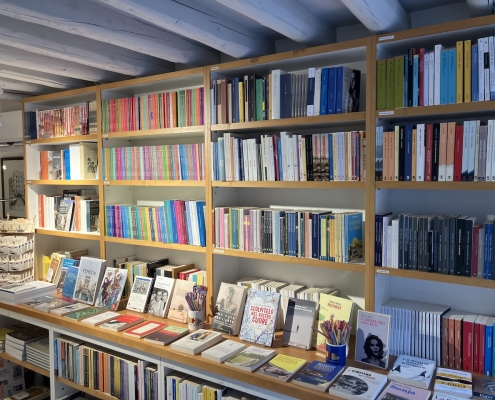
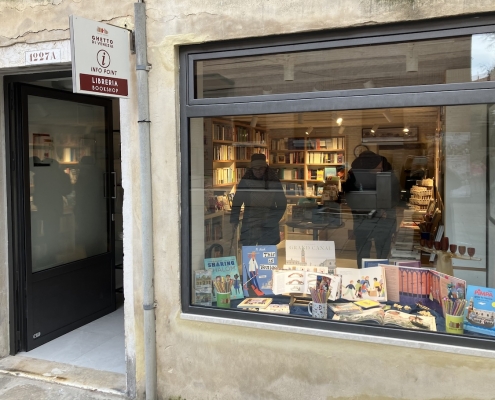

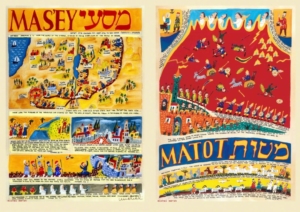 ©2023 The Studio in Venice by Michal Meron
©2023 The Studio in Venice by Michal Meron ©2024 The Studio in Venice by Michal Meron
©2024 The Studio in Venice by Michal Meron ©2022 The Studio in Venice by Michal Meron
©2022 The Studio in Venice by Michal Meron ©2024 The Studio in Venice by Michal Meron
©2024 The Studio in Venice by Michal Meron ©2023 The Studio in Venice by Michal Meron
©2023 The Studio in Venice by Michal Meron ©2024 The Studio in Venice by Michal Meron
©2024 The Studio in Venice by Michal Meron ©2024 The Studio in Venice by Michal Meron
©2024 The Studio in Venice by Michal Meron ©2024 The Studio in Venice by Michal Meron
©2024 The Studio in Venice by Michal Meron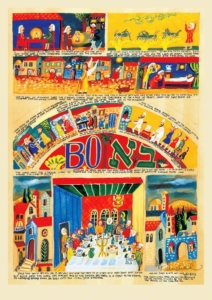 ©2025 The Studio in Venice by Michal Meron
©2025 The Studio in Venice by Michal Meron ©2025 The Studio in Venice by Michal Meron
©2025 The Studio in Venice by Michal Meron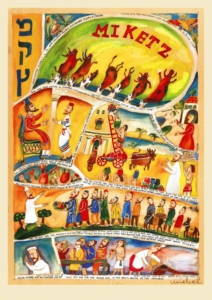 ©2024 The Studio In Venice
©2024 The Studio In Venice ©2024 The Studio in Venice by Michal Meron
©2024 The Studio in Venice by Michal Meron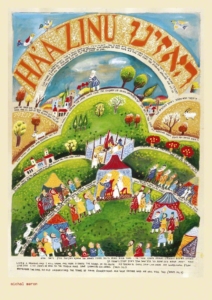 ©2024 The Studio In Venice by Michal Meron
©2024 The Studio In Venice by Michal Meron ©2022 The Studio in Venice by Michal Meron
©2022 The Studio in Venice by Michal Meron ©2024 The Studio in Venice by Michal Meron
©2024 The Studio in Venice by Michal Meron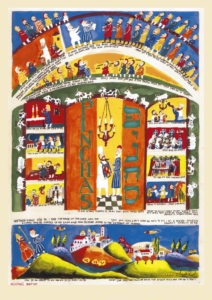 ©2024 The Studio in Venice by Michal Meron
©2024 The Studio in Venice by Michal Meron ©2024 The Studio in venice by Michal Meron
©2024 The Studio in venice by Michal Meron ©2020 The Studio in Venice by Michal Meron
©2020 The Studio in Venice by Michal Meron ©2024 The Studio in Venice by Michal Meron
©2024 The Studio in Venice by Michal Meron ©2023 The Studio in Venice by Michal Meron
©2023 The Studio in Venice by Michal Meron ©2024 The Studio in Venice by Michal Meron
©2024 The Studio in Venice by Michal Meron ©2024 The Studio in Venice by Michal Meron
©2024 The Studio in Venice by Michal Meron